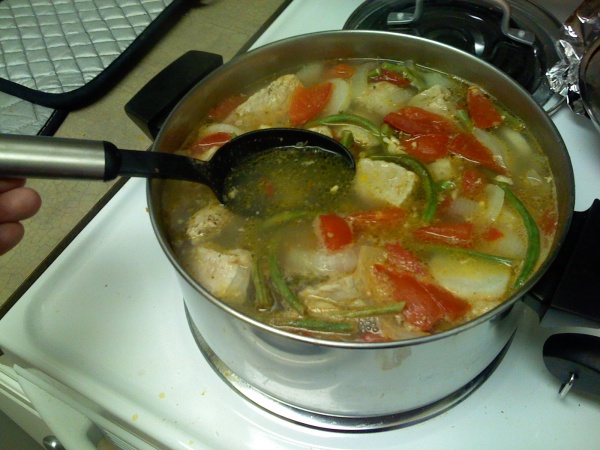Facts About Sinigang
Sinigang is a cherished Filipino soup or stew renowned for its distinctive sour and savory flavor profile. Traditionally crafted with tamarind, this dish has regional variations that employ other tangy fruits and leaves, all achieving that hallmark taste. While it originates from the Tagalog region, Sinigang has endeared itself to the people throughout Visayas and Mindanao as well.
The charm of Sinigang lies in its eclectic mix of ingredients. Typically, it features meat or seafood simmered with tamarind, tomatoes, garlic, and onions. Various vegetables, such as okra, taro, radish, and spinach, enrich the broth. For an added kick, green long peppers and occasionally miso are used for seasoning.
There are numerous delightful variations of Sinigang worth exploring. Examples include Sinigang sa Miso, Sinigang sa Bayabas (guava), Sinigang sa Mangga (unripe mango), and Sinigang sa Kalamansi (calamansi or lemon). Each type can be customized with different main ingredients like fish, pork, shrimp, beef, or even a combination of seafood.
Other Filipino dishes akin to Sinigang include Sinampalukang Manok, Pinangat na Isda, and Linarang, each boasting its own unique set of ingredients and cooking techniques.
Interestingly, Sinigang has also left its imprint beyond the Philippines. The Malaysian dish Singgang, for example, draws inspiration from it. The souring agents in Sinigang can vary widely, ranging from tamarind to native fruits like calamansi, santol, and kamias. For those seeking convenience, commercial alternatives such as seasoning powders or bouillon cubes are readily available.
